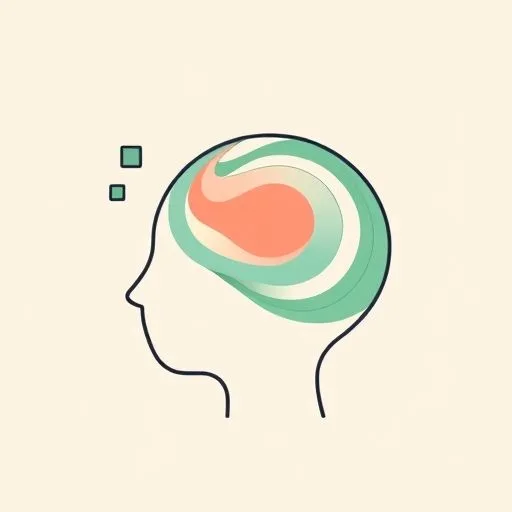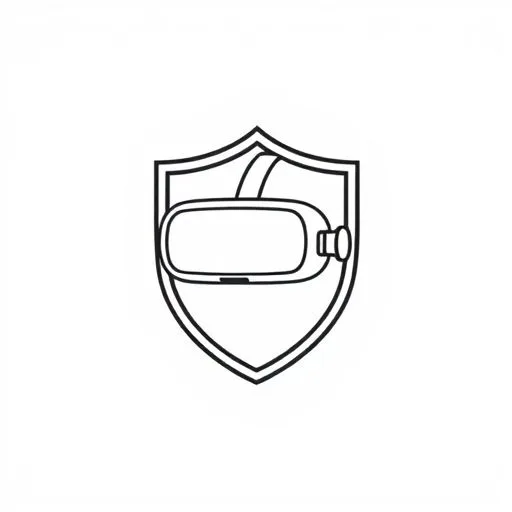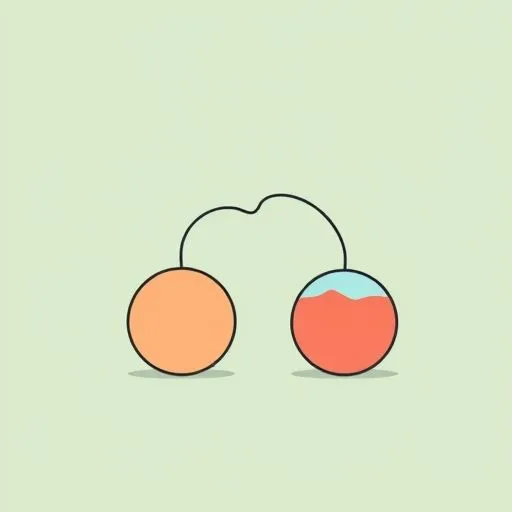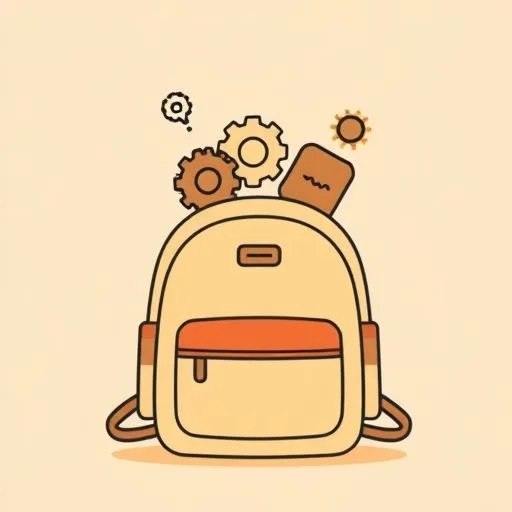
The way children explore the world has always seemed magical to me. From asking ‘Why is the sky blue?’ at the dinner table to building sandcastles in the park, their little brains are constantly learning. Recently, I’ve been moved by how this natural learning happens even in the digital world. Extended reality (XR) technology provides a state of ‘learning in the flow,’ letting kids safely explore complex concepts. Let’s pause and see why kids slip so effortlessly into that magical focus before exploring XR’s power.
What Is the Magic of ‘Learning in the Flow’?

Watch children when they’re deeply focused—whether stacking blocks or coloring. It’s like time stands still! This is exactly what ‘flow state’ looks like, and scientists say it’s when kids learn most effectively.
And guess what? XR tech can totally tap into that flow—and it’s pretty awesome! Research shows virtual and augmented reality let children visualize complex concepts and experience them firsthand—like exploring space or ancient cultures!
When I see my daughter exploring virtual zoos and learning about animals, sometimes it feels even more magical than a real zoo visit because she can ask questions freely and repeatedly. That’s how tech just fuels their curiosity, right?
How Does XR Enable Limitless, Safe Learning?

We try to teach our children not to fear failure, but real-world mistakes can sometimes be dangerous. XR technology changes everything here!
Kids can explore virtual environments where mistakes are completely safe. When my daughter learns chemical reactions through virtual experiments, she can try things without real lab risks. This fearlessness naturally develops creative problem-solving skills—like getting a bigger map after getting lost!
This beautiful connection between safe digital experimentation and real-world courage is exactly how we prepare for the future.
How Can Virtual Worlds Spark True Curiosity?

Of course, digital tools can’t replace all learning. The best approach blends digital and real-world experiences!
Our family’s method is simple: ‘Start with the real world first!’ When my daughter wants to learn about a new animal, we first find books at the library, visit zoos, or observe nature. Then we explore deeper in virtual worlds. This way digital experiences complement and expand real-world learning.
We also cherish time together. When she uses XR apps, I sit beside her, learning together and asking questions. This transforms technology from mere entertainment into a tool for shared learning! Just last week, we were mixing kimchi pancakes with a drizzle of maple syrup while exploring an XR science app about chemical reactions—talk about blending cultures and curiosity in the most delicious way!
What’s in the Backpack for Tomorrow’s Learning?

Our childhood world differs completely from our children’s today, so how we prepare for the future must change too. XR technology isn’t just a toy—it’s a powerful tool for developing future capabilities.
Watching my daughter practice problem-solving in virtual spaces, learning collaboration, and thinking creatively, I see her naturally acquiring the skills needed for future society. This is how we fill our ‘future backpack’—not just with knowledge, but with attitudes and skills to thrive in a changing world.
Remarkably, research shows XR-based learning can be as effective or more effective than traditional methods. See technology not as a mere tool, but as an opportunity to enrich your child’s learning journey!
Source: Augmented Expertise, Braden Kelley, 2025/09/20
So, what fresh adventures might you and your little explorer discover tonight? I can’t wait to hear your stories!
